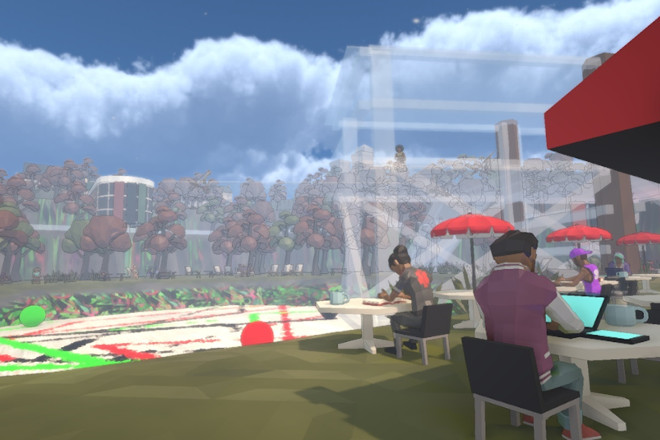When the pandemic hit, I found myself struggling to work in a shared apartment in a loud neighborhood.
I put on headphones, and like many students, I searched for instrumental study music to help me focus. I returned to the popular LoFi Hip-Hop Beats study playlists on YouTube that my students had introduced me to when I was a high school teacher.
This allowed me to work on the survey of remote and online learning that my PhD advisor Brendesha Tynes and our team conducted in the spring of 2020. As Professor Tynes highlighted during an interview in USC Rossier Magazine, we found a range of racial equity issues that need to be addressed.
Around the same time, colleagues at USC Rossier also conducted a survey on remote learning among LA public school students, and found that only about one in three families report that students always have a place to study free of distraction.
In an effort to reduce barriers to learning and help students focus, Los Angeles Unified School District gave high school students noise cancelling headphones. I imagined that many students might use them for a familiar purpose: listen to hip hop study music from YouTube.
But I worried that the ads on these channels might be distracting for them.
Removing Distractions for Students
Collaborating with my friend Israel Jones, an MFA student at USC, we spent the following semester building ad-free educational software to support fellow students in this situation.
In a game production class at the USC School of Cinematic Arts taught by Richard Lemarchand, we designed a cross between a mindfulness app, study aid, and video game. Our goal was to support students who want to focus while they study and also relax by playing during breaks—all through one app.
The result is called LoFi Hip Hop Worlds to Study In.
This game is a collection of relaxing 3D worlds full of study spots with instrumental music and ambient sounds. Players can explore them while they take breaks from studying. Some players have compared it to the “fidget toys” they have on their desks to provide sensory breaks during long work sessions, like squeezable balls or spinners.
The software allows players to set a timer to remind them to come back to their studies. When they are ready to study again, they can set a new timer; the game remains inactive but the application continues to provide relaxing sounds and beats.
Minimal interface for maximum effect
Based partially on the user experience research that I have been conducting with Tracy Fullerton, Director of USC’s Game Innovation Lab, and Georgia Tech learning scientist Betsy DiSalvo, Israel and I wanted the game to have the following features:
- A minimal user interface
- Customizable settings
- Diverse and culturally relevant characters
- No objectives beyond the study goals students set for themselves
Tracy designed the video game Walden, which has gained a lot of attention because, unlike most games, it encourages players to slow down and connect to the natural world.
In helping Tracy design a new series of hybrid learning modules for Walden, I asked how players experienced mindfulness while playing the game and using the Headspace meditation app.
Analyzing data from interviews and contextual inquiries (participants using the software and thinking aloud about their experiences with it), I found that many participants liked the open-world design of Walden, where they can wander freely to relax, but they wanted a game without defined objectives such as survival needs or quests that they could play for short amounts of time to relax between work sessions.

Incorporating Social-Emotional Lessons
Besides the LoFi project, this research is also informing our designs for a new social-emotional learning module of Walden where students will be able to wander around the pond without any set objectives beyond mindfully reflecting on their experiences.
This is part of a larger hybrid lesson we are designing where students will engage in various forms of movement meditation, transferring what they learned in the video game into embodied mindfulness practices to support social-emotional learning goals such as self-awareness. We will present this work at the upcoming HCI ‘21 and Connected Learning conferences.
We hope that LoFi Hip Hop Worlds to Study In might help teachers and students customize their learning environments both at home and in the classroom.
Editor’s Note: LoFi Hip Hop Worlds to Study In is available to download on Itch.io. The game received a positive review in PC Gamer magazine and was recently featured in the USC Games Expo. Matthew welcomes feedback about the game. Email Matthew Hamilton.




